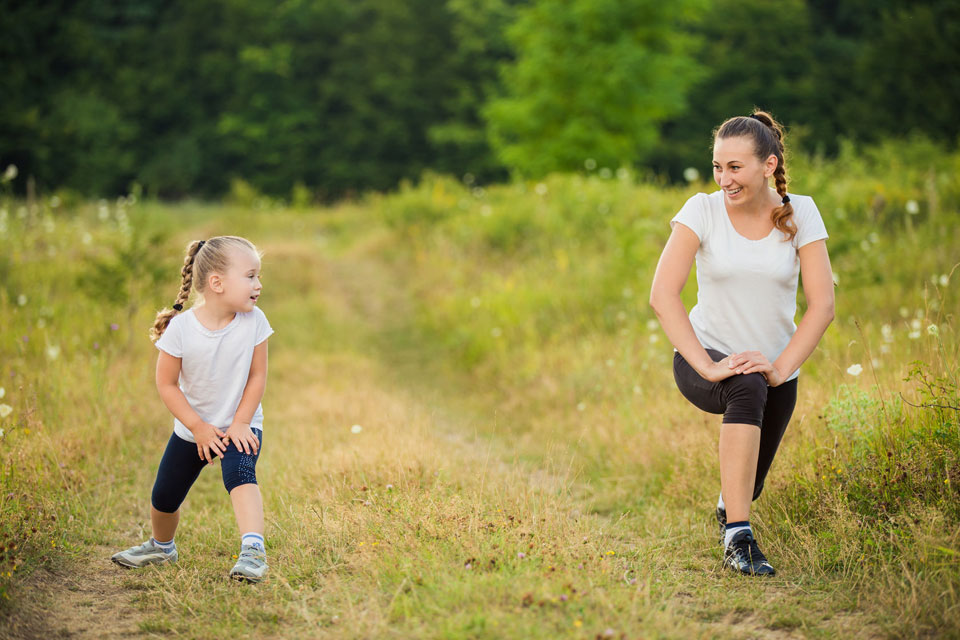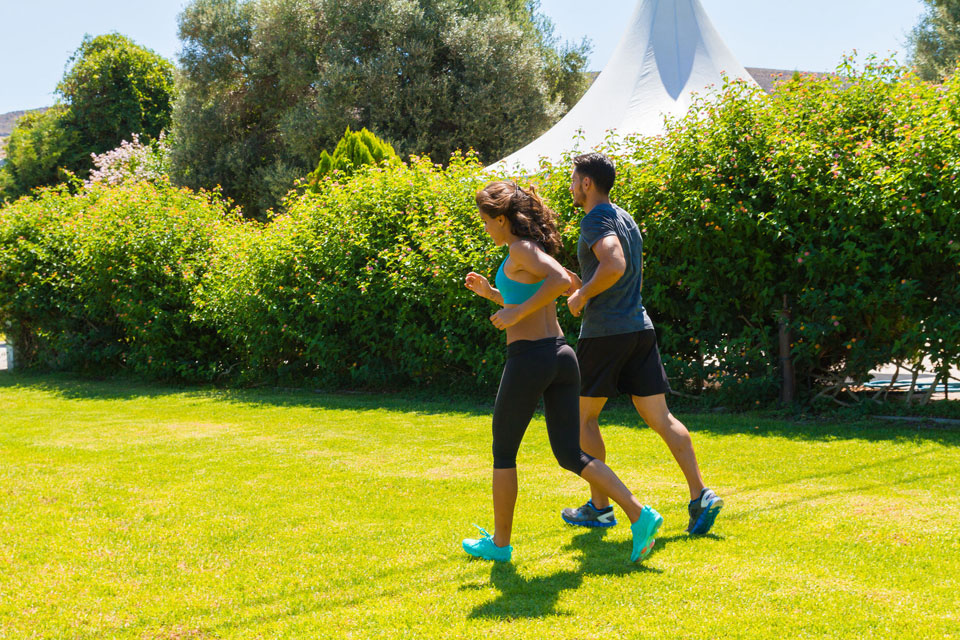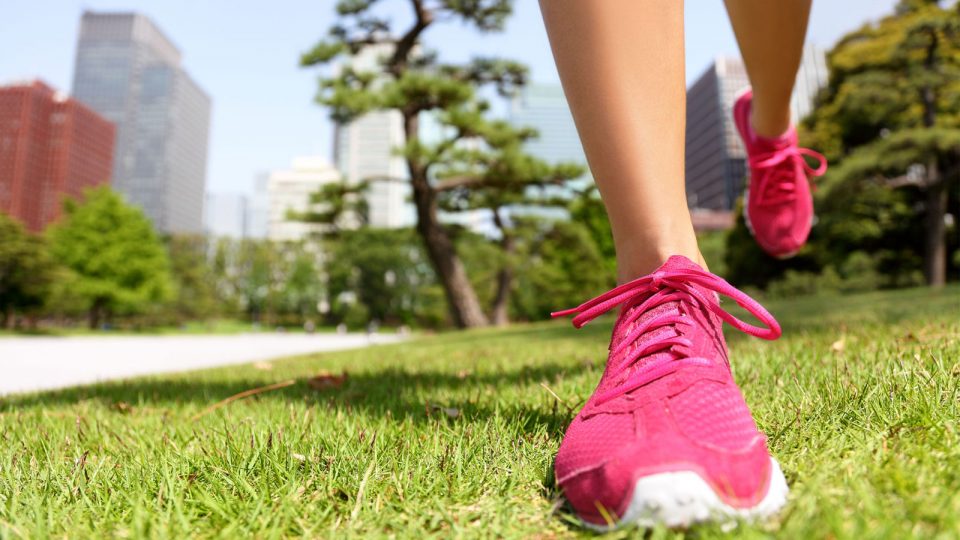Nobody has to remind you that running is such a high-impact sport, every footfall hitting pavement brings with it the risk of irritated tendons, weakened joints, skeletal assaults and injuries.
That’s why it’s incumbent upon you to do everything within your power to minimize such risks, and one of the ways you can accomplish that is to pay attention to the surface beneath your feet.
According to a “New York Times” article discussing the merits of running on hard surfaces versus soft ones like grass, you might be surprised to learn this about your own body: it is so cleverly designed, you’re born with an intuitive sense to respond to any surface you choose!
So if you’re already predisposed to instinctively adapt to all running surfaces, why choose grass? Keep reading and you’ll find out.
When grass running can spell trouble
Because blades of glass are soft and cushiony (which is why it’s a favourite of runners who are impact injury prone), the surface is deceiving and factors that can trip you up have nothing to do with that lush green carpet on which your feet land: it’s when grass hides obstacles that you are vulnerable to injury.

For example,
- The simple act of running on grass can be distracting due to lush surroundings, and distraction alone is said to be responsible for the most common of all injuries: twisted ankles.
- Dirt lurking beneath grass isn’t always hospitable. If grass grows on areas that are not cared for, it can hide uneven terrain that trips up runners without advance warning.
- Should there be sand beneath grass, the chance of water absorption or lack thereof has the potential to alter the sand so dramatically, either can trigger falls.
Of course, these possibilities are just that and shouldn’t detract you from running on grass; we just want you to be aware of what lurks beneath those lovely green blades.
Which grass grows best in Singapore?
No need to become a grass expert when so many Singapore resources are willing to do the work for you. Look closely at recommendations and learn that there’s a consensus that perennial rye and blue grasses are perfectly suited to tropical climates and the preferred grass of professional landscapers.
Grass experts say that Singapore’s temperatures do impact how grass grows, but these two types of grass thrive in Singapore 10 months out of the year when weather is most hospitable, so during the two month period when it’s not – when grass uses up its carbohydrate reserves – it’s still able to survive quite nicely.
The benefits of running on grass
Knowing that the specific grass beneath your feet has proven to be the perfect topographical covering for lawns, green spaces and golf courses in Singapore, you may wonder about the upside of grass running and how it benefits your body and your mind.
Every time you run on a grassy park or lawn, the biomechanics of your gait instinctively adjust to the grass: your muscles, joints, tendons and skeletal structure settle into the degree of impact to which it is exposed and everything falls into line within a brief window of time.

Physicians at New York City’s Women’s Sports Medicine Center have spoken repeatedly about why women should replace concrete and asphalt with turf-covered surfaces due to concerns that even perfectly smooth surfaces deteriorate into mazes of cracks, holes and uneven elevations over time.
It takes only a moment of distraction for a runner to lose her balance, at which point knees, legs and hands become vulnerable to cuts, bruises and broken bones – particularly for those who run in shorts and expose their skin.
Further, when forceful landings on concrete take place, blood cells can be shattered, reducing the amount of oxygen the bloodstream carries to organs.
When the University of Hong Kong’s Department of Sports Science and Physical Education set about proving that grass running could dramatically reduced cases of plantar fascia, they broke new ground and gave grass running their highest endorsement.
How your head feels about grass!
The pleasure/pain relationship is nothing new to runners, but did you know that running on grass is as beneficial to your head as it is to the rest of your body? Green, it seems, is tremendously good for you, according to scholarly studies published by the American Psychological Association and other journals.

Pioneering researchers Dr. Rachel Kaplan and Dr. Stephen Kaplan are behind exciting developments in a brand new research niche: “restorative environments.” Are you shaking your head – thinking that running is hardly a restorative environment – particularly when you’re closing in on the final leg of a full marathon?
In fact, running on grass restores mental clarity, so if that marathon you want to run next happens to be the recently rescheduled 3Ten Run — moved from 3rd to 24th September at the urging of participants — your mind may be sharper when you hit the finish line at this golf course race than it would have been on a hard surface.
By the way, one of the reasons 3TenRun sponsors agreed to change this grass-run event had to do with public demand: as Singaporeans learn to love grass runs, they find themselves feeling more refreshed and energetic as they sprint to the finish line.
The soothing scenic route on the 3TenRun course is both calming and invigorating, just as Mother Nature intended. Further, the auxiliary Lupus 1.5km walk held in conjunction with this event offers a further bonus to those eager to support this charity.

Additional scientific facts you should know
Will running on grass save your life? It could. Here are a few reasons why:
- Dr. Terry A. Hartig’s fieldwork has proven that 40 minutes in nature surpasses music and reading in areas like testing environments, boosting positive emotions and lessening feelings of anger.
- For runners who live in oppressive urban environments that are crowded and congested, the benefits of being out in nature and running on grass increases feelings of wellbeing dramatically, says Frances E. Kuo, PhD.
- Children allowed to run in natural environments rather than on tracks perform better on standardised tests, pay better attention in class, are capable of delayed gratification and even exhibit better impulse control.
- Injured runners recovered faster when their hospital rooms face trees and grass rather than bricks and mortar!
Will you look for more opportunities to “run green” and discover the myriad benefits of grass running after reading this article? We hope so!
Have another reason to participate in the OCC 3 Ten Run with 10% discount today. Use code: RSOCC10OFF. Hurry, registration closes this month on 31 August.





